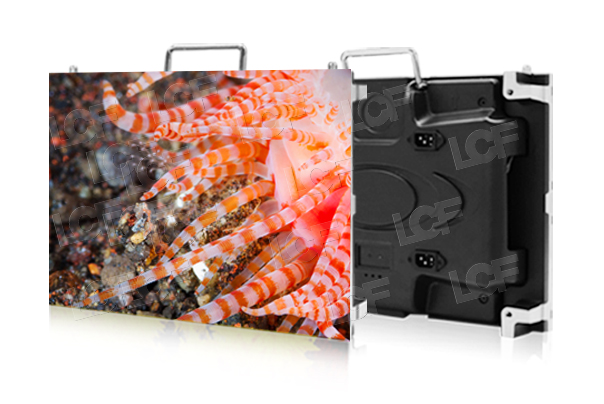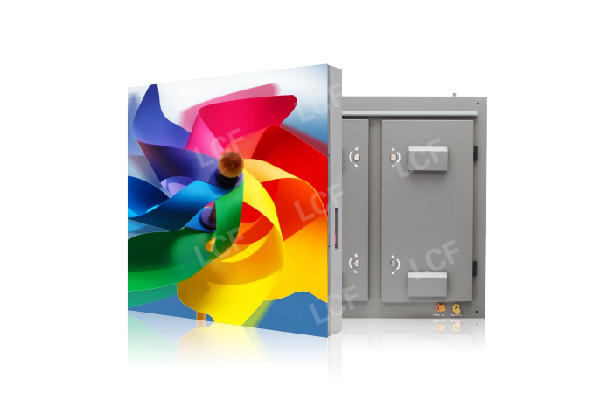Publisher: Supplier of LED Display Time: 2018-04-18 Views: 4679

1. LED life: There is a big misunderstanding here. Most people think that the main materials of LED display LED and IC have a lifespan of 100,000 hours. According to 365 days/year, 24 hours/day operation, the service life is more than 11 years. , so most customers only care about using well-known LEDs and ICs. In fact, these two are only necessary conditions, not sufficient conditions, because the rational use of red, green and blue lamps is more important to the LED display. For lamps of different colors, to make them work in the best state, for A good display is even more important. Reasonable adjustment of the IC also helps to overcome the unreasonable wiring problem of the PCB. Just like a car with a good engine and circuit control may not necessarily be a good car. At the same time, the power supply is also very important. Because the power supply has different working stability, output voltage value and load capacity under different temperature conditions, because it is responsible for logistics support, its support ability directly affects the screen quality.
2. Comply with the national standard: The general specification of LED display screen is the ministerial standard issued in 1995. More than 20 years later, many companies still use the original standard. Technology is constantly improving, and LED display technology is no exception. Judging from today's display technology, the standard at that time is no longer the standard. For example, for an out-of-control point, the national standard is 3/10,000. Taking an outdoor LED display with a dot pitch of 10mm as an example, a display screen with a standard resolution of 800x600 is generally 48 square meters, and each square meter is 10,000 points. According to the national standard, there can be 144. Out of control point. There are many out-of-control points, which means that the display effect of the LED display is relatively poor. As a result, it is conceivable that there are not many people willing to pay for the display, or even no one will pay.

3. Cost-effectiveness: Provide or require manufacturers to analyze data on the installation and application environment of the project, predict the occurrence of incidents and propose preventive and solution measures, and then make a comprehensive evaluation of the entire project plan.
4. Grayscale: The grayscale of dual-color and full-color LED displays is an important indicator. There are many 16-level and 64-level grayscale displays on the market today pretending to be 256-level grayscale. Its control cost is only 1/5 of the 256-level grayscale. The easiest way to tell the difference is to play a high-definition video and see if the LED display can see clearly.
5. The best is not necessarily the most suitable: all purchasing behaviors come from demand. When purchasing LED displays, the premise is to meet the needs of the project. On this basis, the standard can be appropriately improved. The right one is the best, don't blindly pursue the highest configuration, because there are many functions that you may not need.
6. Practicality: The application is the foundation. As the software upgrade, hardware maintenance, maintenance and repair in the application, the support of LED display manufacturers is indispensable. When buying a display screen, pay more attention to these aspects. If the maintenance guarantee of the product is lacking, once the LED display screen fails, the consequences are unpredictable.